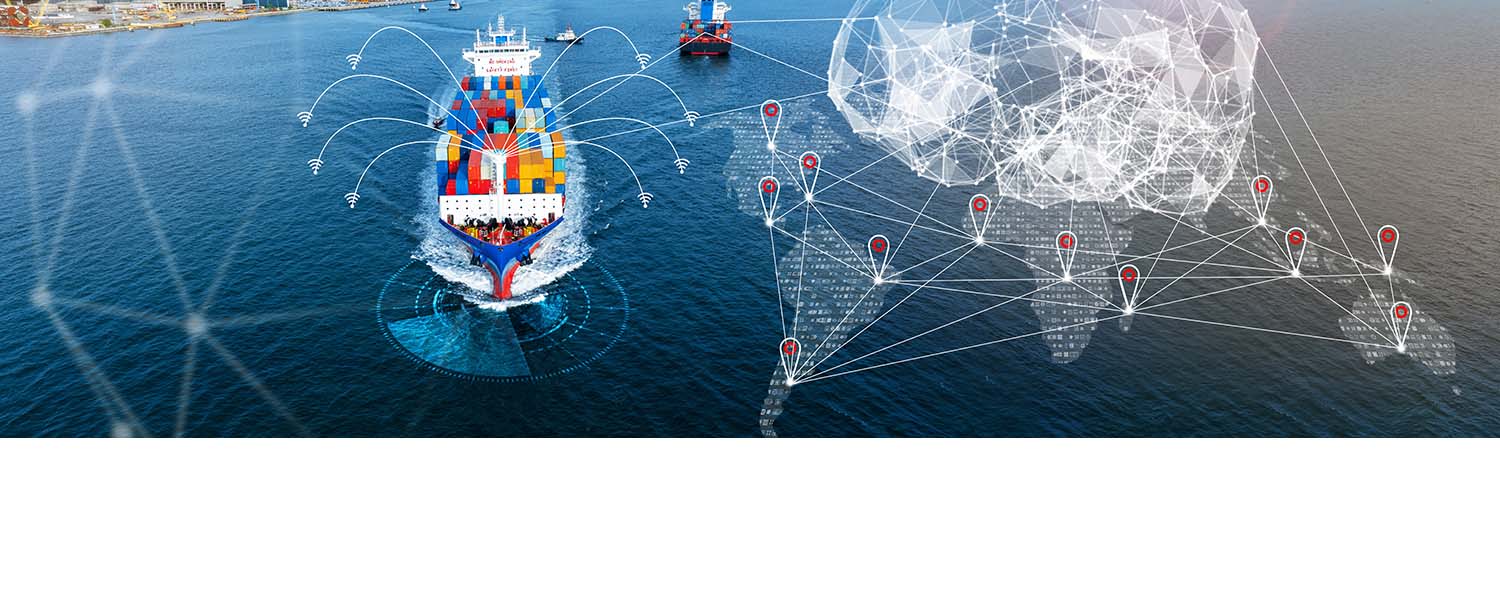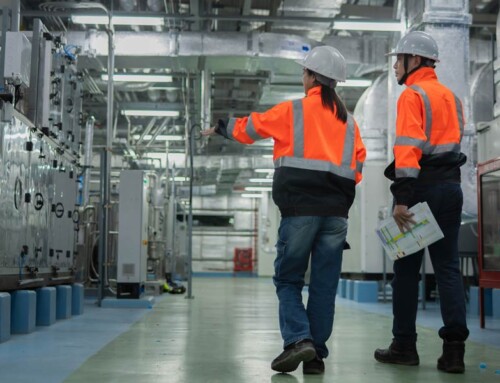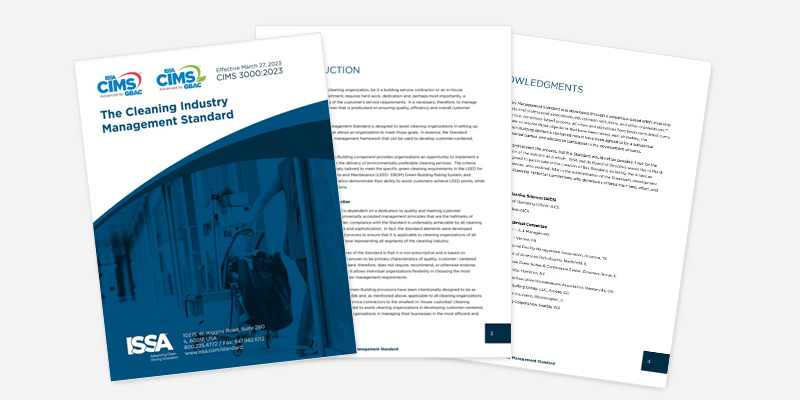AI and Distribution

A recognized thought leader in the professional cleaning industry decided to test the capabilities of an artificial intelligence (AI) technology. He typed a paragraph discussing a specific topic and asked the AI system to write a poem about it.
Within 30 seconds, a poem of about 150 words, well-written and well-thought-out, was created. Amazed, he shared the poem with several associates.
Across town, a college graduate was having trouble writing the cover letter for his resume. After four drafts, he turned to an AI system to write the cover letter providing the technology with the basics he wanted to discuss. Once again, in about 30 seconds, the system provided him with not one, but four samples to select from, each written slightly differently: one was more professional, the other more personal, one technical, and the fourth the most persuasive.
As with our thought leader, the college graduate was astonished at how well the AI technology worked. But, taking this a step further, will AI technology find a place in the distribution industry, specifically the many independent distributors in the jansan, packaging, hospitality, and related industries?
If someone in those industries needs a quick—but high-quality—poem, or an eye-catching cover letter for a request for proposal, for example, the answer is yes.
However, if they need something substantially more comprehensive, and predictions hold true, AI will provide distributors with new ways to improve efficiency, reduce costs, predict customer purchasing behavior, and improve customer relations.
What is AI?
With all the hoopla about the technology, many would believe it was invented virtually overnight. However, the concept of AI dates all the way back to 1950, when Alan Turing, known as the “father of computer science,” published a paper on the then-unnamed technology. Turing wondered if machines could think, and if so, provide answers to an array of challenges along with presenting intelligent responses similar to that of a human.1
That, in many ways, is the essence of AI technology. According to an IBM blog post, “Artificial intelligence leverages computers and machines to mimic the problem-solving and decision-making capabilities of the human mind.”2
In simpler terms, AI is a software or group of software programs. It’s a tool capable of processing and storing large amounts of data, learning from this data, and then providing valuable insights for businesses, such as those in distribution. Those businesses that have already put the technology to work often say that it supplies them with “predictive analysis”—a suggestion of one or more possible actions that can be taken to address a situation, along with the potential outcomes of each action.
As to the recent hype around the technology, it is likely related to the fact that it has accelerated significantly in the past few years. It has reached the point that many—businesses, governments, educators, as well as individuals—can put its problem-solving capabilities to work. In fact, most of us have already been using AI every time we use a chatbot, virtual agent³, or voice assistant4, have writing checked using an online grammar checker, or allow computers and/or smartphones to suggest words and entire phrases when writing emails.
How some companies have put AI to work in distribution
Several of the largest companies around the globe are now using AI technologies in distribution. For example:
- UPS uses AI to optimize delivery routes, saving the company 100 million miles and 10 million gallons of fuel per year. View it as a GPS–but on steroids.
- Amazon uses AI to predict product demand, to help keep inventory levels in check and avoid over-purchasing or under-purchasing.
- Walmart uses AI to detect fraud in shipments. All too often, what a delivery vehicle leaves from a warehouse and what it unloads are not the same. AI has helped Walmart prevent millions of dollars in losses.
- FedEx uses AI-powered robots to monitor delivery procedures, ensuring that shipments from the warehouse to the final location are delivered on time/all the time.
But how about smaller distributors, such as independents? How can they benefit from AI? For this, we turn to Radhika DeLaire, vice president of technology for AFFLINK, a network of distributors in the country.
Integrating sales, marketing, and customer service
According to DeLaire, many distributors, especially those not part of a network of distributors, often have different divisions and people that simply don’t talk to each other. Inside salespeople may not share information with outside sales or customer service reps (CSRs). On the other hand, CSRs may not share information with either sales group. Further, both divisions may know little about what is being purchased online.
“AI has the capability of combing all of this information into one channel,” says DeLaire. “Everyone now knows who the customer is, what they regularly purchase, and insights into their business operation, all of which helps the independent distributor make highly accurate predictions of the customer’s future needs.”
Reducing costs
The past year has resulted in many distributors (along with most businesses) scrambling to find ways to combat diminishing profit margins. At least initially, many passed the buck to end customers, increasing product costs. Some manufacturers turned to “shrinkflation,” a practice of reducing the size of a product while keeping it at the same price.
“AI has helped eliminate this by improving efficiency,” adds DeLaire.
As referenced earlier, AI helps optimize and predict purchasing patterns and “avoid trial and error purchasing. It can also be trained to look for inefficiencies that can increase costs for distributors and suggest ways to increase worker productivity.”
According to a study by the business consulting firm McKinsey⁵, at least 30% of current worker activities can be automated using AI technology, helping to reduce costs further.
Enhanced customer relationships
We know it can help determine and predict purchasing cycles. “But AI chatbots can also learn the answers to frequently asked questions about products and any issues the customer may have with the product,” according to DeLaire. “This can significantly improve customer experience without the need for human intervention.”
AI is also usually aware of all the products an end customer has selected when they contact a company for assistance. This information speeds up response times and can refer the customer to appropriate support agents, if needed.
Bringing in a Copilot
In March 2023, Microsoft announced they were integrating Copilot into Office 365. Copilot is already being used by many distributors. Using AI technology, Copilot allows business professionals to quickly produce sales presentations in PowerPoint, create marketing content using Word, automatically generate customer collection letters, and make analyzing data in Excel far easier.
It is part of Enterprise Resource Planning (ERP) business applications. “What some users are reporting is that ERP can automate many operational tasks in business areas, such as finance, accounting, human resources, sales, procurement, logistics, and supply chain management,” says DeLaire. “It can help simplify business complexity, optimize cost control, and improve productivity, along with data analysis and reporting.”
And one more “whimsical” use of ERP. “It can create professional headshots of people wearing different outfits, jewelry, and hairstyles.”
The downside
With all its possibilities, there are downsides and actual risks in using AI. That’s why educators and business leaders in various industries have asked Congress to intervene to put the brakes on AI or take steps to regulate it.
In May 2023, more than 350 professors, industry leaders, and top executives at Microsoft as well as Google, signed a statement from the Center for AI Safety⁶ that says, “Mitigating the risk of extinction from AI should be a global priority alongside other societal-scale risks, such as pandemics and nuclear war.” Their big concern is that the technology may put millions of people out of work and be used for nefarious purposes.
Beyond this, more immediate concerns with the potential to negatively impact distributors are the following:
- Mistakes. AI is only as good as whoever puts the system together. Some have coding and programming errors that are only realized once the machine is used. For example, making a mistake in predicting customer purchasing patterns can be costly.
- Cyberattacks. Just wait. We have yet to hear much about AI cyberattacks, but online hackers are developing ways to access all that data the AI systems use, as well as develop malware and viruses, which can cost distributors dearly. When using AI technology, update it regularly, specifically to stay one step away from malicious actions.
- Insensitive chatbots. AI chatbots learn how to respond to customer issues, but their responses often need more sensitivity. For instance, a customer contacts a company about a serious—and costly—problem with a product. The chatbot typically responds by just providing more information. This can make the customer angry and frustrated. Chatbots can answer with data, but there’s room for improvement when presenting it in a customer-sensitive manner.
As we can see, AI technology is the next big disrupter in the distribution industry. If predictions are correct, it will bring a great deal of improvements now and into the future.
1 A.M. Turing (1950) Computing Machinery and Intelligence. Mind 49: 433-460.
2 https://www.ibm.com/topics/artificial-intelligence
3 https://www.techtarget.com/searchcustomerexperience/definition/virtual-agent
4 https://www.techtarget.com/whatis/definition/voice-assistant
5 Driving impact at scale from automation and AI, February 2019, Digital/McKinsey
















